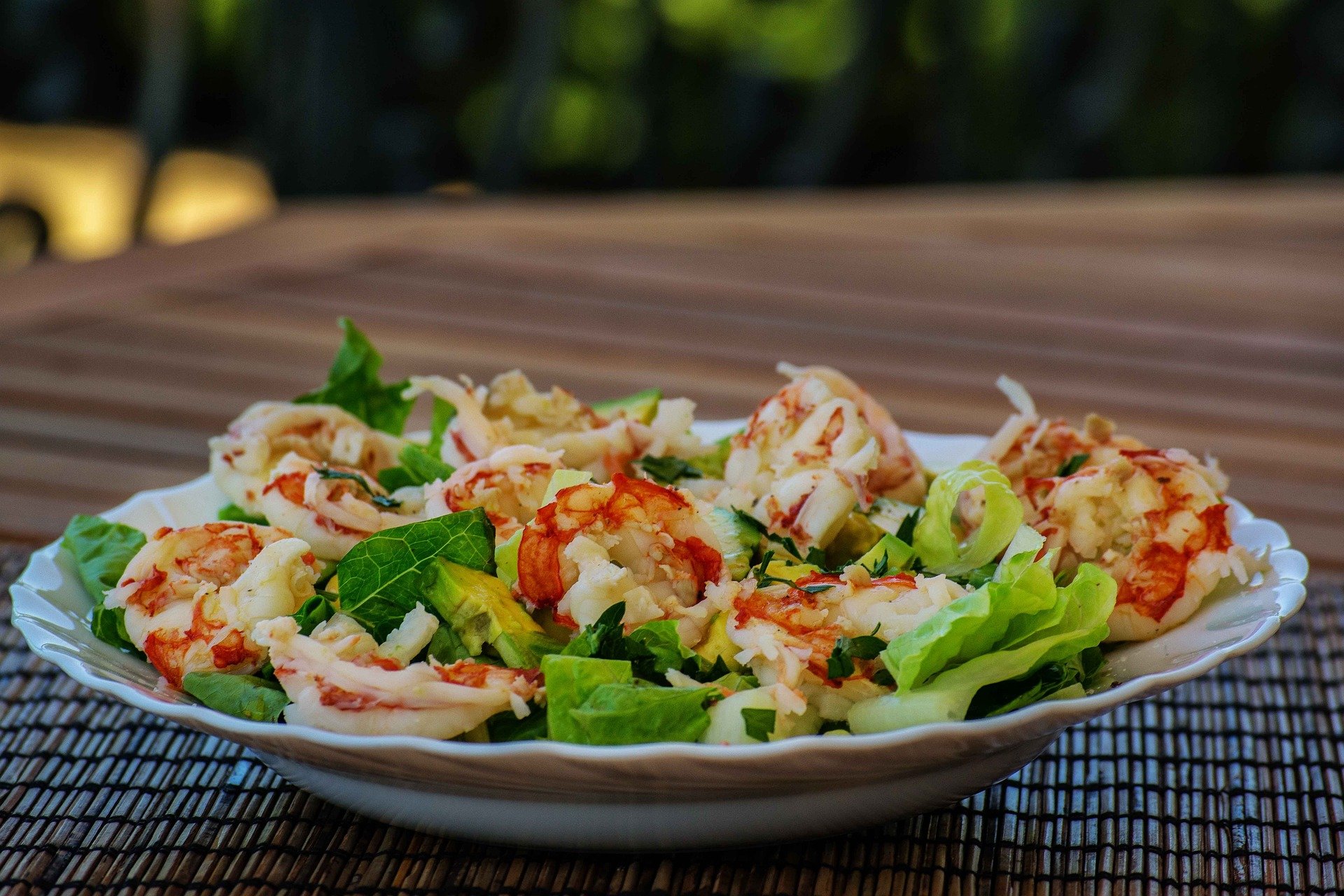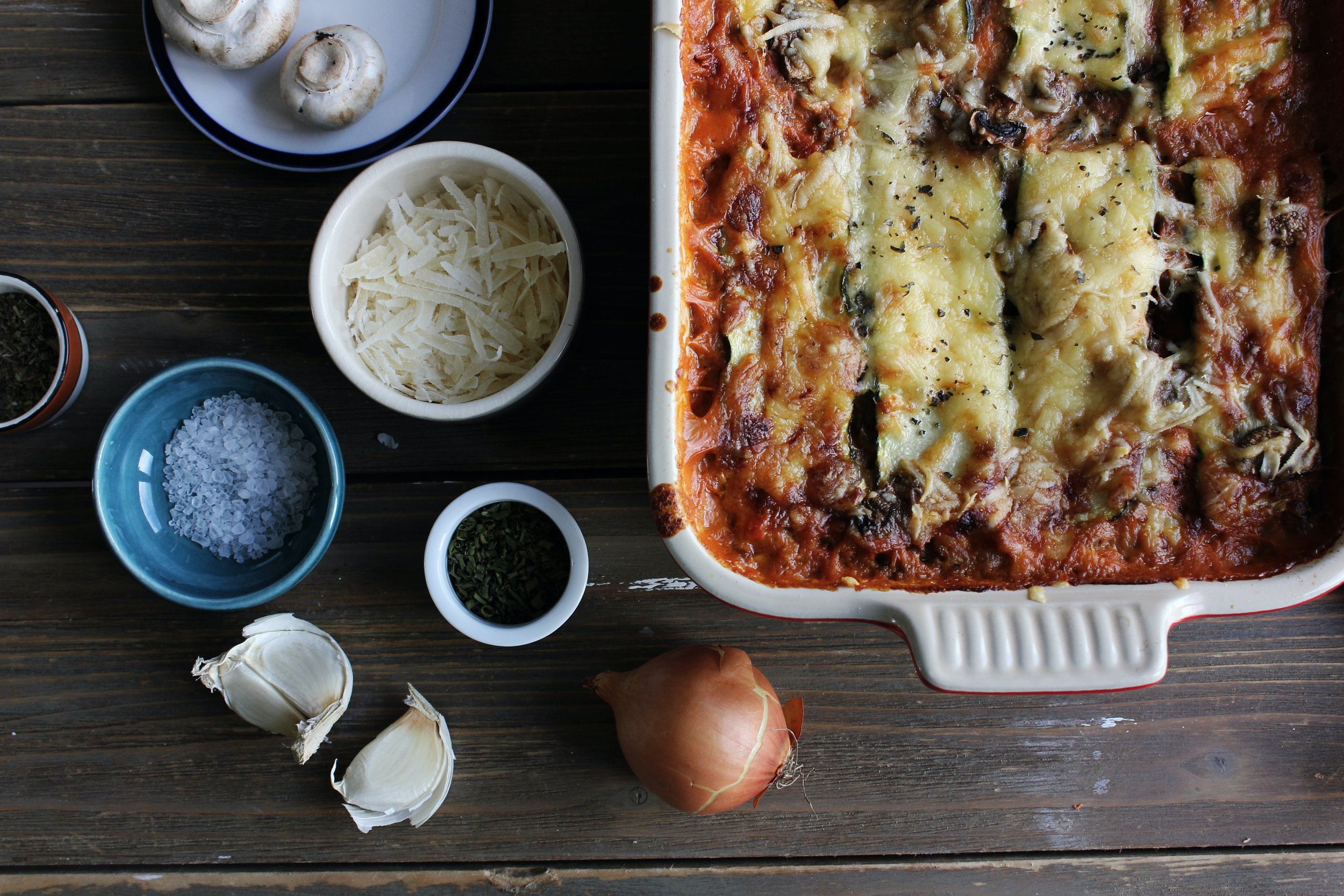Spinach
Spinach is available all year round but is in season during the spring (March - June). It is well known for its nutritional qualities and has always been regarded as a plant with remarkable abilities to restore energy, increase vitality and improve the quality of the blood.
BUY IT
Fresh spinach should be medium to dark green, fresh-looking and free from evidence of decay.
Look for spinach with green, crisp leaves. It should appear as if it were just picked, firm, and un-wilted. Buy organic and no-pesticide spinach if possible as most regular spinach has high levels of pesticide residue. Discard any spinach with blemishes or signs of rot, or yellowed or browned leaves. 1 pound of spinach will cook to about one cup of cooked spinach.
Check the stem and buy accordingly. A thin, flexible stem indicates a younger plant, while a thick fibrous stem shows that it’s a more mature, tougher plant. Buy according to the recipe you're cooking for. Younger plants are better for salads and recipes where spinach is served raw. Thicker and mature spinach should be used for cooking.
Avoid bags or containers with excessive moisture.
Excess moisture will cause the spinach to rot. They will also perish more quickly if stored in a wet plastic bag. Ensure that your spinach is dry prior to purchasing. Don't wash the spinach until you use it.
ADD IT
The flavor of spinach will become stronger and seem more acidic once it is cooked. Spinach is known to actually be a vegetable that becomes more beneficial when it is cooked because some of its nutrients become more absorbable by the body. Sautéing or boiling spinach for just 1 minute can improve its nutrient absorbability while not destroying its antioxidants and phytochemicals.|
Spinach can be prepared from fresh, frozen, or canned varieties, but I always recommend using organic fresh or frozen spinach whenever possible to ensure the most nutrients remain in intact and the least amount of pesticides and toxins are present. You can prepare spinach in multiple ways, most of which take little to no time at all.
Spinach can be eaten completely fresh and raw, or steamed, boiled, sautéed, or baked with. If you do want to use raw spinach, it has a mild taste that works well in salads or even smoothies. Because spinach’s taste isn’t bitter like some other greens can be, it’s easily disguised in smoothies by the taste of other ingredients like berries or a banana.
PREP IT
Spinach should be washed very well since the leaves and stems tend to collect sand and soil. Before washing, trim off the roots and separate the leaves. Place the spinach in a large bowl of tepid water and swish the leaves around with your hands as this will allow any dirt to become dislodged. Remove the leaves from the water, empty the bowl, refill with clean water and repeat this process until no dirt remains in the water (usually two to three times will do the trick). Spinach sold in bags has been pre-washed and only needs to be rinsed. If you are going to use it in a salad, dry it using a salad spinner or by shaking it in a colander.
It should be stored loosely packed in a sealed plastic bag in the fridge where it will keep for about four days. Do not wash spinach before storing, as the moisture will cause it to spoil, although do ensure it is washed properly before consumption as the leaves and stems may collect soil and chemicals. Raw spinach has a milder taste that some describe as metallic once cooked. If cooking, opt for steaming, sautéeing or microwaving spinach rather than boiling to preserve the nutrients.






